Little green creatures are terra-forming East Sacramento. They are not from Alpha Centauri and they don’t speak Martian, but they are members of a Green Team.
The small beings are students at Theodore Judah School. They dig, collect and process more than 50 pounds of compost and maintain multiple gardens on the elementary campus.
The Science Alive program at the school makes this all possible with the student Green Team.
- Science student
- A working lunch
- An eager learner
- Break time
- Label design
- Teamwork
- Supervisor
- Yuck to muck
- Sprouts
- Biodegradable lunch trays
- Green Team compost for sale
- Compost box
- Mixing it up
- It’s a worm!
- Heave ho
- Tender care
- A garden zone
- Empty milk cartons mean less stink
- Butterfly Pavilion
- Hardwicke, Milken and Marshall
Shannon Hardwicke is their fearless leader.
Hardwicke cultivated the program in 2008. The school’s principal approached her with a simple garden plan that grew and grew.
“Now we have a whole campus science and green program with a multi-zone garden,” Hardwicke said.
Hardwicke loves the mess of country life and so do the children.
“I have three kids at the school. This is the perfect place to work,” Hardwicke said.
Hardwicke is the only paid employee of the program. She receives a small salary from the school’s PTA. All the other adult coordinators are volunteers.
The program is a lunchtime optional class. Kids eat lunch and then hit the dirt. They are part of the school’s Green Team that works the land. It’s a commitment for the pint-sized farmers.
“It’s a lot for a seven year-old to give up lunch free time,” she said.
Hardwicke watches a batch of children chew, as they hurry eating so they can get to work.
“We started with just a few kids and now we have more that 45 students on the Team. At first it was just the elementary pupils. Today the primary, pre-kindergarten and pre-school are involved,” she said.
The pupils study science lessons and manage multiple stations in the operation. There are several vegetable plots, a compost operation, a green house, butterfly pavilion, and the students participate in a nationwide study.
Science Alive is also a pilot program for Sacramento City Unified School District.
Harvesting Dirt
A rangy girl with turned backwards, adult-sized gloves, (on the wrong hands, too) held up a wriggling line on her palm, “Look, it’s a worm!” she crowed. A smiling circle gathered to stare at the worm and then enthusiastically began to mine for more.
“Okay let’s put the worms back!” A volunteer gently steered the group back to work.
It’s dirt season and the kids love it. On a cool school day a cluster of pupils moved earth. They dug, sifted, and bagged pounds of fresh, rich compost.
Students labeled lunch bags with crayon and lined up the soil stuffed sacks on a table.
“This is harvest time. They’ve been prepping, turning, adding to and ripping biodegradable lunch trays for the compost all year. Now we’ll be selling it at a fundraiser,” Hardwick said.
Tap and Stack
“I guess you could call me a waste manager,” Yolanda Milken smiles.
Milken is one of the volunteer parents.
Garbage mounts up quickly at a school. Milken figured out a way to cut the pick up days and use more waste in the compost heap.
Students now empty milk cartons before throwing them away.
“With the milk out of the carton the garbage doesn’t stink. This cuts garbage pick up from five days a week down to two,” she says.
Each student also carefully taps food leftovers from their trays into a collection can. This is added to the compost.
Flight
Behind a group of portables, stands a tall, black mesh tent. This is the Butterfly Pavilion.
Monarchs and other types of butterflies are nursed here. The students raise the wild things from eggs, through babyhood to adults, and then release them.
The pollenizers help the kids complete the growing cycle and teach them about the circle of life.
Scientific Inquiry
A tripod with a mini solar panel crouches over a broccoli patch.
Science Alive was awarded $20,000 from Hidden Valley and selected to be one of five American schools to participate in an agricultural study.
A solar camera watches one section of the garden and the growth is measured and compared to four other student gardens across the country.
“We’ve had a slow start with the odd weather, but we’re still participating,” said Hardwicke.
The Classroom
One half of the project is practice and the other half is theory. The project’s science lab gives teachers a hands-on area to teach conservation principles and green technology.
Kindergarten teacher Audrey Marshall is a teacher-partner.
“I’m part of the Green Team. Several teachers and I bring students to the class,” she said.
The Community
“I never envisioned all this when we started. Our kids learn real science and conservation techniques,” said Hardwicke.
The Green Team is a group effort. Dozens of volunteer parents help at the school.
“The adults all work together and shuffle responsibilities to sustain the Green Team.” Hardwicke said.
The community also pitches in. Seland’s restaurant is one of the local waste-contributing vendors.
Compton’s Market hosts an annual fundraiser for the school. Students sell bags of super dirt (compost) to neighbors at the event and enjoy a festival with a BBQ and other fun activities.
The women have gone far beyond sustaining the Team. They’ve created a nationally recognized pilot program. They’ve got the ‘green’ stuff and they are growing.
2011 Theodore Judah Fundraiser and BBQ
When: Saturday June 11th 12:00 – 4:00
Where: Compton’s Market, 4055 McKinley Blvd.
Green Team organic compost for sale!
Food Games Music and a Raffle
Shop at Compton’s and support your favorite school.
Five percent of the store’s proceeds during the fundraiser will go to Theodore Judah.















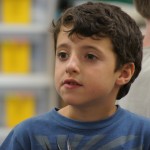
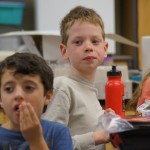
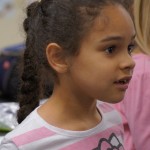
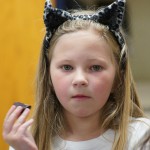
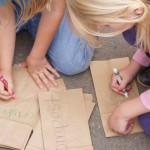
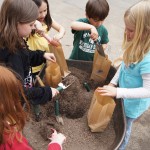
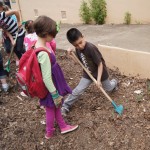
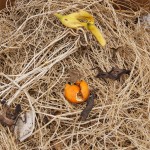
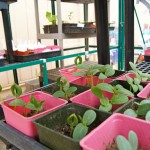


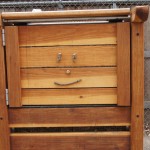
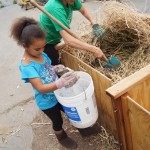
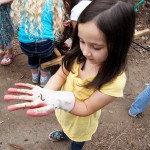
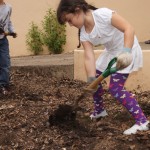
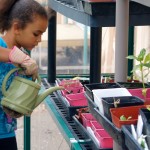
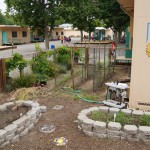

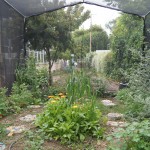

 Subscribe In A Reader.
Subscribe In A Reader. Check Us Out On Facebook!
Check Us Out On Facebook! Check Us Out On Twitter!
Check Us Out On Twitter! Visit Nextdoor!
Visit Nextdoor!









2 Responses to East Sacramento Science is Alive